Your guide to understanding how roll works on artificial turf.
The Physics of Golf
Physics. It impacts everything in life, including the popular game of golf.
Physics, defined as the nature and properties of matter and energy: how the ball is hit, the ball’s path in the air, its initial bounce, and the roll out.
Ideally, the ground in the direction of the shot would be perfectly flat, perfectly uphill, or perfectly downhill would be perfectly flat, perfectly uphill, or perfectly downhill in the direction of the shot. This would make getting the ball into the hole a simple task and hitting it along a straight line.
At times, however, you will learn that the ground is sloped. Now the ball’s roll can’t be a straight line to get in the hole, meaning it’s a more complicated task. In this case, the ball must now follow a particular curved path to get to the hole. The amount the ball must curve relies on the grade of the slope and undulation of the putting green.
Regardless of if synthetic grass or natural turf is used to construct your ideal backyard putting green, the physical attributes of the surface affect the performance. We use a combination of commonly used golf course tests and our proprietary playability testing.
A typical test to test ball roll is the stimpmeter test. Stimp testing calculates the distance a ball rolls on artificial turf in meters when released from a height of one meter. The ball-to-surface interaction of the grass is directly related to the ball roll distance.
Our proprietary playability testing for roll analyzes the consistency of outputs with a standard putting stroke. This test analyzes the initial bounce of the club face and the spin to roll transition.
Let’s take a closer analysis at the elements that impact how a golf ball reacts and rolls on a turf.
Green Characteristics
Product Construction: Extruded, recycled plastics that come in an assortment of constructions, colors, and lengths. Proper construction is critical to allow key putting green installation practices; construction allows turf to be infilled and rolled. Properly rolled fibers appear and play like natural greens.
Pile Height: The grass blades’ thickness and height will provide differences in friction; impacting the velocity and smoothness of the putt.
Fiber: Fiber composition has a notable effect on how the golf ball will roll throughout the putt. Fiber composition affects friction and pile lay. How the turf lays impacts how the ball interacts with the surface.
Infill: Essential to the turf system, infill is comprised of rounded washed silica. Infill allows ballast and aids drainage. How the infill is shaped is critical to performance; angles and edges disrupt roll.
Aggregate Base: Compacted stone creates challenging slopes and undulations; one that performs and drains like a championship golf course.
The formula to creating a Backyard Putting Green that performs like a Championship Golf Green requires the optimal raw materials with elite-proven-tested installation techniques. Very important when you’re on the putting green trying to gently get your ball into the hole.
The Southwest Greens Difference
Southwest Greens has been able to quantify key performance indicators. Because we understand which variables impact performance, we’re able to replicate natural greens.
With Golden Bear Turf, you’ll experience smoother rolls that compare to playing on your favorite championship course. Scientifically tested and designed to replicate natural grass, from the initial bounce off the clubface... to the spin transition… to the smooth ball roll into the cup...
Golden Bear give you only the best! It is the ideal backyard practice putting green that offers the most realistic putting surfaces you can find on the market.
